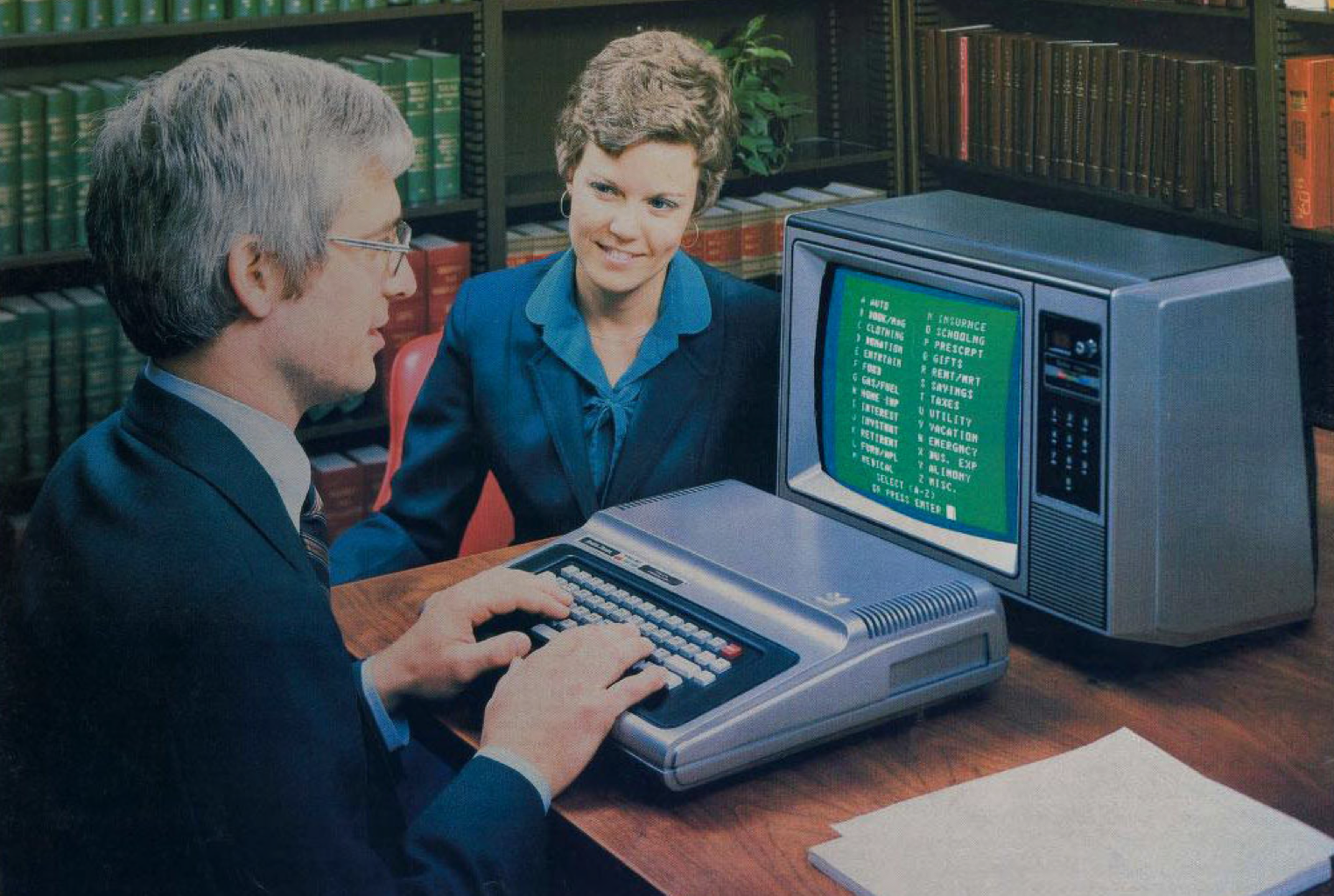Are We Living Through Exponential Tech Growth?
A conversation with my father sparked this timeline of disruptive technologies and a reflection on whether progress is accelerating—or just feels like it.
The other day, I was talking to my dad about technology. He’s in his late seventies and, like many of his generation, has lived through enormous technological change—from coal fires to smart homes, from letter writing to real-time video calls.
But he said something that stuck with me:
“After TV, it was ages before anything truly new came along. Now, it feels like there’s something every year.”
That off-hand comment got me thinking: Are we really experiencing exponential growth in tech, or does it just feel that way? So I put together a rough timeline—not just of inventions, but of moments where technology didn’t just arrive, but disrupted.
A Century of Disruption: The Timeline
1920s–1940s: The Electrical Age
- Electricity becomes widespread in homes — the invisible foundation of every disruption that followed.
- Radio creates the first mass broadcast medium, rewiring entertainment and information.
- Television begins its slow march to the mainstream, starting as a curiosity and becoming a cultural anchor.
1950s–1960s: Power and Computation
- Nuclear power symbolises both utopia and existential risk—technology as saviour and destroyer.
- Mainframe computers enter government and business: big iron, big ambition.
- The transistor replaces vacuum tubes, quietly making everything faster, smaller, and cooler (literally).
1970s: Personal Technology Sparks
- The microprocessor arrives (Intel 4004), miniaturising computing power.
- Home computing begins (Apple II, Commodore PET), shifting computing from institutions to individuals.
- Video games take hold (Pong, Atari 2600), creating the first truly interactive mass medium.
1980s–1990s: The Digital Boom
- Graphical user interfaces make computing accessible and visual (Mac, Windows 95).
- Mobile phones emerge from car boots and briefcases to become personal accessories.
- The Internet opens to the public, morphing from academic network to global infrastructure.
- The dot-com bubble shows what happens when hype races ahead of reality—but also seeds the next wave.
2000s: Networked Everything
- Broadband and Wi-Fi make the web feel instant, always on, and everywhere.
- Social media reshapes identity, attention, and connection—Friendster to Facebook.
- Smartphones (iPhone, 2007) become pocket-sized personal computers and cultural game-changers.
2010s: The Infrastructural Shift
- Big data turns behaviour into raw material—every action trackable, analysable.
- The cloud replaces physical storage, making infrastructure invisible.
- Voice assistants and IoT bring tech into the home, passively embedded and always listening.
2020s: Synthetic Everything
- AI starts writing, drawing, composing—automation moves from physical to cognitive labour.
- Large language models (GPT-3/4) blur the line between automation and creativity.
- Generative video and deepfakes raise questions about reality and trust.
- Post-truth techlash begins to take shape: backlash, regulation, and digital fatigue.
Are We in an Exponential Curve?
✅ Yes, in some areas:
- Moore’s Law held for decades, doubling transistor counts and shrinking chips.
- Internet speeds, storage, and model size in AI have followed similar exponential curves.
- AI scale in particular has exploded—OpenAI’s models doubled in complexity every few months from 2018–2023.
❌ But not in lived experience:
- From TV to the microwave to home computers took decades.
- Each truly disruptive technology often needed years—if not decades—to embed itself culturally.
- Many modern breakthroughs are now invisible: algorithms, protocols, data flows.
What’s changed is how fast adoption happens:
- Electricity: ~40 years to widespread use
- Smartphones: ~7 years
- ChatGPT: 2 months to 100 million users
It’s not just the breakthroughs—it’s how quickly they become part of the furniture.
Compression, Not Just Acceleration
So maybe what we’re really living through isn’t just exponential progress, but compressed disruption:
- Breakthroughs arrive more often.
- They diffuse faster.
- They layer on top of each other before the last ones are even fully understood.
Tech becomes ambient the moment it’s absorbed—nobody talks about TCP/IP or lithium-ion anymore. We talk about the services they enable.
And this might explain the sense of disorientation. Why it feels like the world is changing out from under us—because it is, but not in the way we imagine. It’s not always about invention, but integration. Not invention, but velocity.
No wonder my dad said what he did.
To him, television was a miracle—images in a box! To me, AI that mimics thought is just another tool.
But maybe that’s the true test of disruption: when it stops being a marvel, and just becomes mundane.
Hire Me
I help teams and individuals make sense of new technologies, implement ethical digital strategies, and future-proof their digital presence.
Let's talk.

